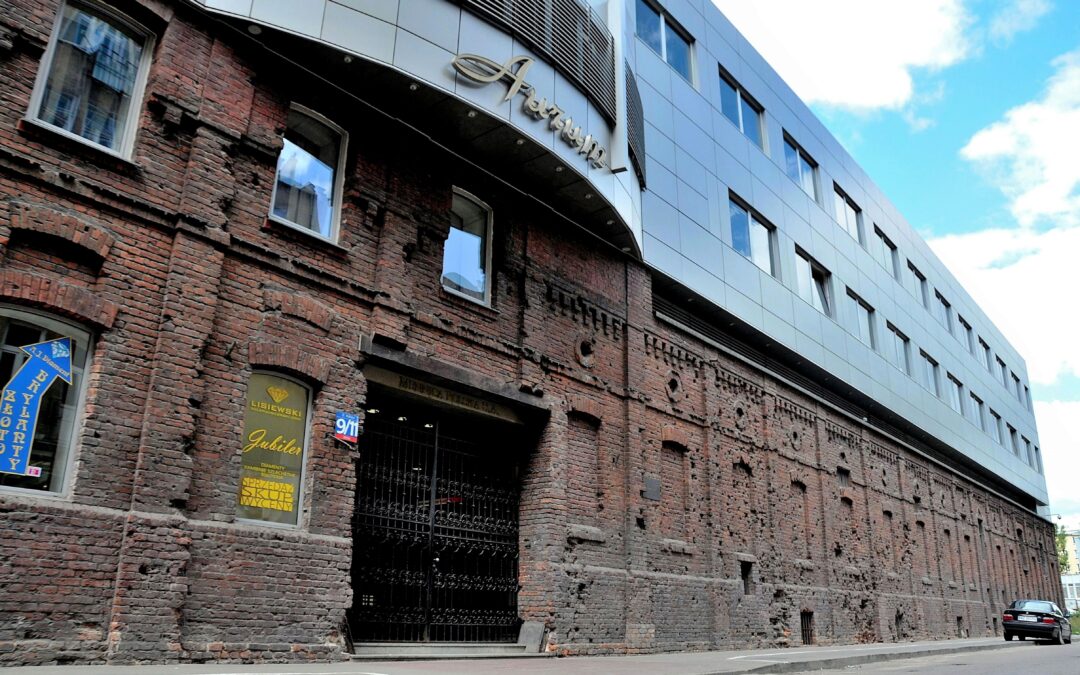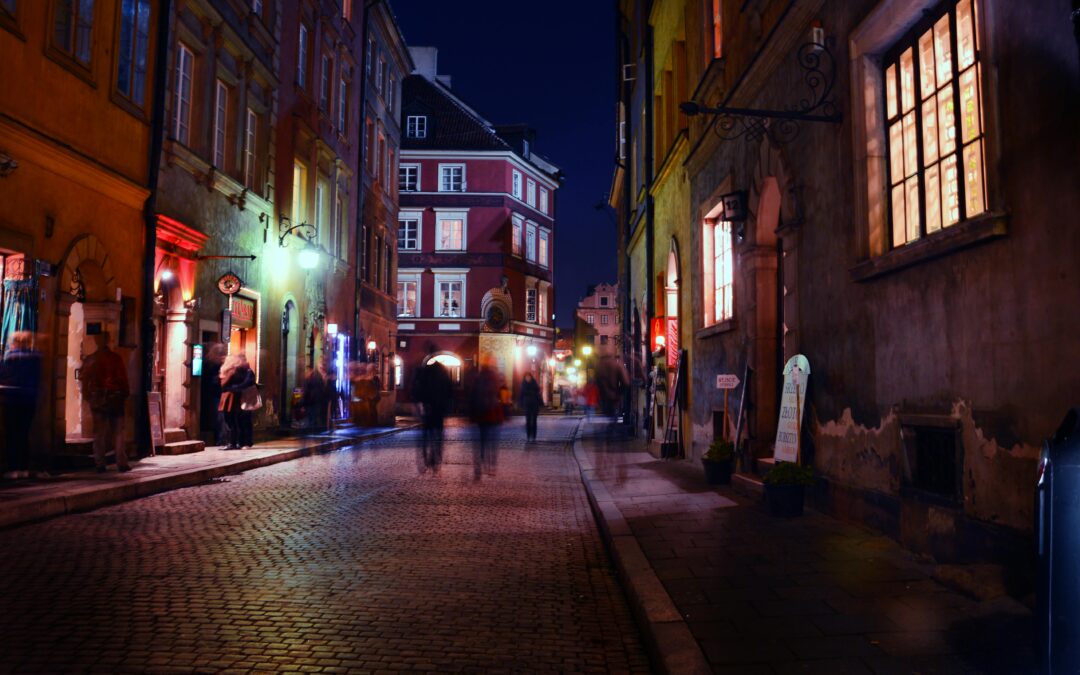Police in Warsaw are investigating the disappearance of an ornate iron gate from a building that constituted part of the walls of the ghetto created for the city’s Jews by the German-Nazi occupiers during World War Two.
The gate, located at 11 Waliców Street, and the wall it was part of have been listed in Poland’s Registry of Cultural Property (Rejestr zabytków) since 1994. They were built in the 1890s as part of the former Herman Jung brewery.
However, the gate is above all linked to the history of the ghetto. Right next to it was one of the points where food was illicitly smuggled into the ghetto. The gate was also the site where five Jews were shot in June 1942, according to the diary of Abraham Lewin, a Jewish teacher killed in the Holocaust.
The gate underwent conservation 21 years ago as part of the construction of an office building (pictured above) at the site, which had to incorporate and protect the historic wall.
That office was recently itself removed and replaced by another building. Subsequently, the Association of the Defenders of the Monuments of Warsaw, an NGO, noticed that the gates had disappeared from the entrance passage.
They brought it to the attention of the conservator of monuments (MWKZ) in the Masovia province that Warsaw is part of, which in turn notified the police.
“The gate in question, which is listed in the Registry of Cultural Property, belongs to a private owner,” said MWKZ’s spokesman, Andrzej Mizera, quoted by the Polish Press Agency (PAP). “The owner moved it to another place without consulting the MWKZ.”
Herman Jung’s brewery, founded in 1854, was located in an area intersected by Waliców and Ceglana (now Pereca) streets. From 1897, the former brewery was owned by another firm, A. Domański i S-ka, which produced sparkling water and ran beer and lemonade warehouses.
In 1940, the German-Nazi authorities created a ghetto to house Warsaw’s Jews. It became the largest of all the ghettos in occupied Europe, at one point holding around 460,000 Jews captive in an area of 3.4 square km (1.3 square miles).
The former brewery on Waliców Street became part of the southwestern wall of the ghetto, though Domański’s business remained operational.
In 1943, the Germans began the liquidation of the ghetto, deporting its inhabitants to the gas chambers of Treblinka extermination camp. That prompted Jewish underground fighters to launch an uprising that became the largest single act of Jewish resistance during the war.
Main image credit: Adrian Grycuk/Wikimedia Commons (under CC BY-SA 3.0 PL)

Anna Hackett is an assistant editor at Notes from Poland. She is a recent graduate of European Studies from Trinity College Dublin and has had previous journalistic experience with the Irish Independent News & Media group.




















